Will a Knee Brace Help Torn Meniscus? Here’s What You Need to Know
Dealing with a meniscus tear can be difficult, leaving you worried about pain, instability, and a slow recovery. It’s frustrating when your movement is limited, and you’re constantly concerned about re-injury. Luckily, a knee brace for meniscus tears can help ease your journey. By providing stability, reducing discomfort, and speeding up healing, the best knee brace offers the support you need to regain confidence and get back to your active lifestyle.
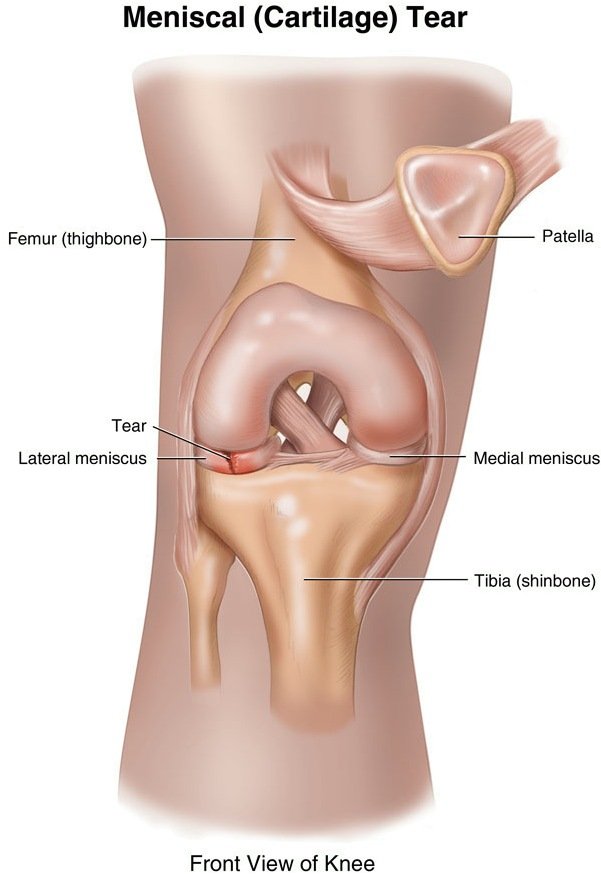
In this article, we’ll discuss how a brace can support your torn meniscus recovery and provide the stability you need to feel more confident during the healing process.
Understanding the Basics of a Torn Meniscus
A torn meniscus is a common knee injury, especially among athletes or active individuals. It occurs when the cartilage in your knee gets damaged, often from sudden twisting or overuse. This injury can cause pain, swelling, and instability, making everyday movements difficult.
While treatment options vary depending on the seriousness of the tear, knee braces are often recommended to help stabilize the joint and promote healing. Understanding what a torn meniscus is and how it affects your body can help you make informed decisions about your recovery plan.
What Causes a Torn Meniscus?
A torn meniscus usually happens during activities that involve twisting or sudden movements, like sports, running, or even lifting heavy objects. The meniscus acts as a cushion between your thigh bone and shinbone, and when it’s stressed beyond its capacity, it can tear. Age can also be a factor—over time, the meniscus wears down, making it more prone to injury even with minimal stress.
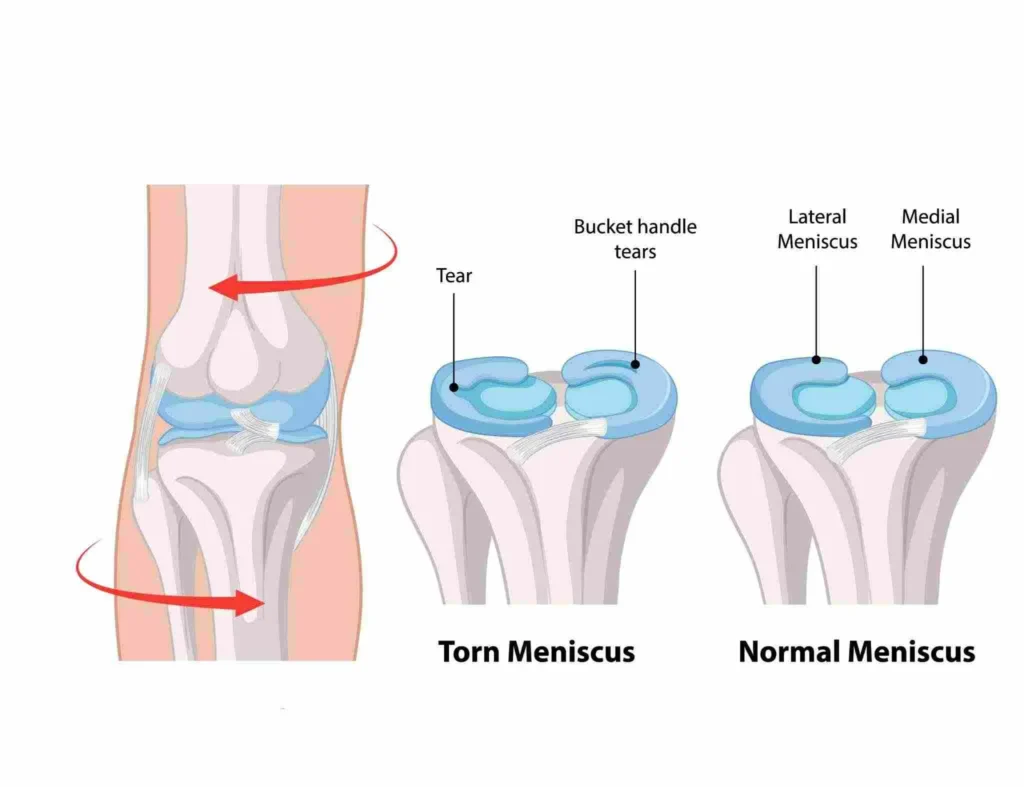
Symptoms of a Torn Meniscus
Recognizing the symptoms of a torn meniscus is crucial for early diagnosis and treatment. Common signs include knee pain, swelling, stiffness, and difficulty moving the knee. Many people report feeling a “popping” sensation when the injury occurs. In more severe cases, the knee may lock or give out, making it hard to walk or stand. If you’re experiencing these symptoms, it’s important to consult with a healthcare professional to assess the severity of the tear and discuss treatment options.
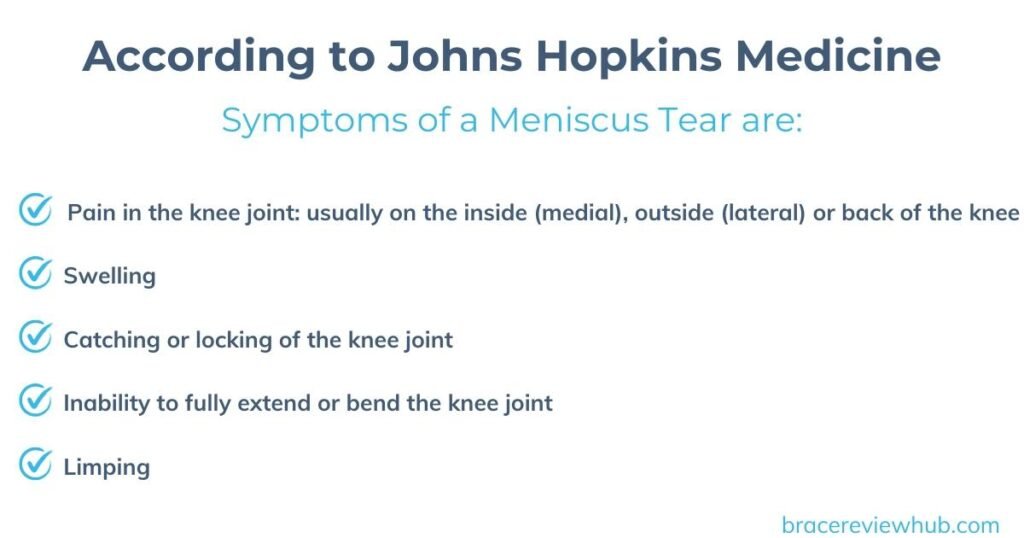
Importance of Knee Brace for Meniscus Tear Recovery
Knee Stability
A knee brace for meniscus damage plays a crucial role in stabilizing the knee joint during recovery. When you have a torn meniscus, your knee can feel unstable and weak, making everyday activities challenging. A well-fitted knee brace helps limit extreme movement, reducing the risk of further injury. Providing the support your knee needs allows you to regain confidence in your mobility and can help you return to your normal activities more safely.
Pain Relief
One of the most significant benefits of wearing a knee brace is its ability to reduce pain and swelling associated with a torn meniscus. The brace compresses the knee, which can help minimize swelling and provide a soothing effect. Many people wonder, “Will a knee brace help torn meniscus?” The answer is yes! By alleviating discomfort, a brace can make your recovery more manageable, allowing you to focus on rehabilitation exercises without being distracted by pain.
Faster Recovery
Using knee support during your recovery can speed up the healing process. With the added stability from a knee brace for meniscus tear, you are less likely to reinjure the area. This means you can engage in physical therapy and rehabilitation activities more effectively, leading to improved outcomes. By protecting your knee while you heal, a brace allows you to take the necessary steps toward a full recovery.
In an article of Exakt Health mentions that a brace can be beneficial if you choose the right one. While they do not heal or treat your meniscus tear directly, but provide essential support and stability as your injury heals.
Types of Braces Suitable for Meniscus Tear Recovery
When recovering from a meniscus tear, selecting the right type of knee support is vital for effective healing. Different types of knee braces offer varying levels of support, stability, and compression, tailored to your specific needs. Understanding the types of braces available can help you make an informed choice that aligns with your recovery goals. This guide will explore three common types of braces that can aid in your recovery journey, ensuring you feel supported and secure as you work toward regaining full mobility.
Hinged Knee Braces
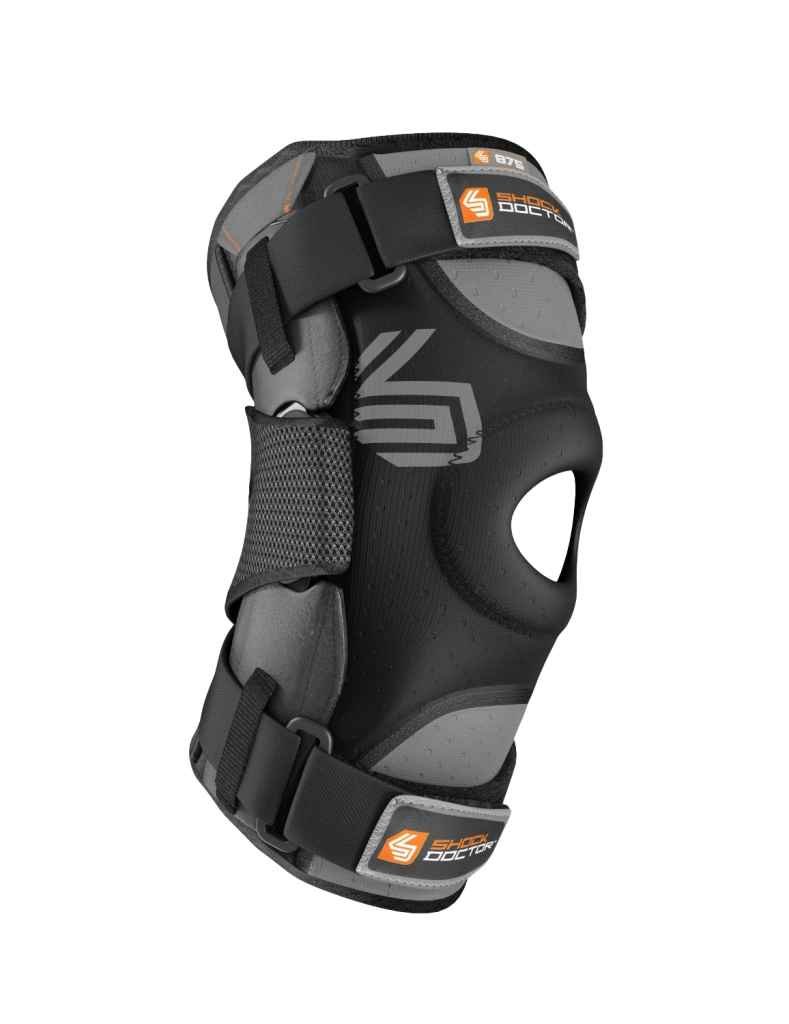
Hinged braces are popular for meniscus tear recovery due to their added stability. These braces feature side hinges that prevent the knee from moving too far in one direction, which helps protect the torn meniscus from further injury. They are beneficial if you deal with significant instability or return to physical activities. Although they provide strong support, many models still allow for a decent range of motion, making them a balanced option for both protection and mobility. Choosing a hinged knee brace can give you the confidence to move without risking additional damage.
Compression Knee Sleeves
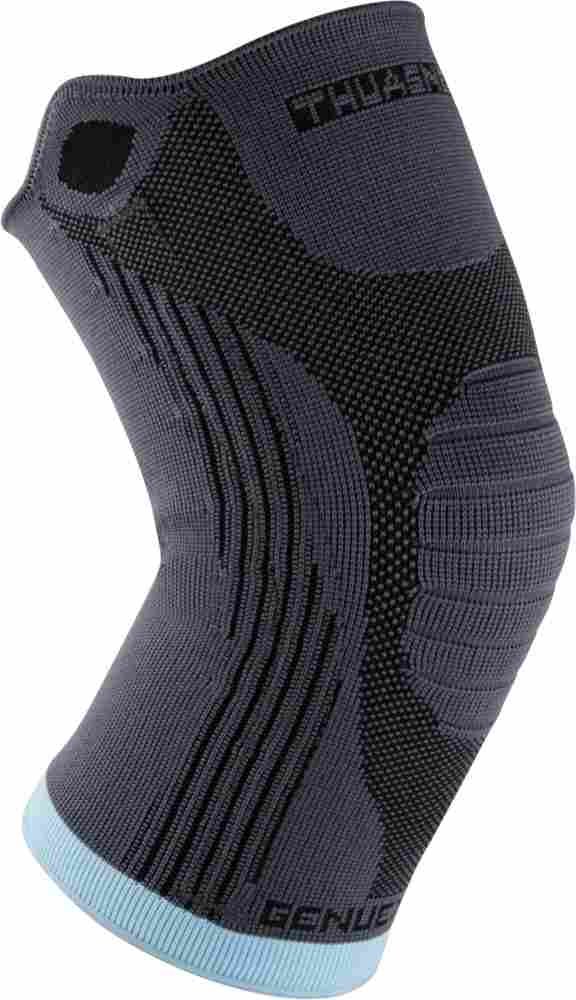
Compression knee sleeves are a lighter, more flexible option, ideal for individuals with mild meniscus tears. They work by providing consistent pressure around the knee joint, which helps reduce swelling and improve blood circulation. These sleeves are perfect for daily wear, especially during low-impact activities like walking or standing for long periods. While they don’t offer the same level of stability as a hinged brace, they do provide a sense of support and comfort. A knee brace for a meniscus tear in the form of a compression sleeve is often recommended for the later stages of recovery.
Wraparound Knee Braces
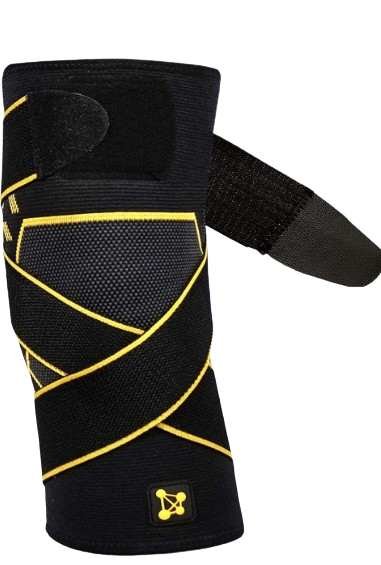
Wraparound knee braces are designed for easy adjustment and provide moderate support, making them an excellent middle-ground choice for many recovering from a meniscus tear. These braces are usually lightweight but offer customizable tightness thanks to Velcro straps, which allow you to control the level of compression. They are easy to put on and take off, making them convenient for daily use. If you’re transitioning back to more physical activities but still need some extra support, a wraparound brace can be a helpful tool. It’s a versatile option for anyone needing flexibility along with stability during recovery.
Achieving the Right Fit for Your Knee Brace
Measure Your Knee Properly
Getting the right fit starts with accurate measurements. To measure your knee, use a flexible measuring tape around the knee’s circumference while standing straight. Make sure to measure at the midpoint of your kneecap for the most accurate size. If you’re unsure, try measuring both knees and use the larger size for your brace. Taking the time to measure correctly will help you find a brace that provides comfort and support during your activities. ( how to measure for a knee brace a detailed guide )
Consider the Brace Type
Not all knee braces are created equal; they come in various types, each designed for specific needs. If you are recovering from an injury, a hinged brace may offer the stability you need. For general support during activities like running or playing sports, a sleeve-style brace might be a better option. Take the time to consider your activity level and what you need from your brace. This will help ensure you choose a type that suits your lifestyle.
Adjust for Comfort
Once you have your brace, it is important to adjust it for the best fit. Many braces come with adjustable straps that can help you secure the brace snugly without cutting off circulation. Slip the brace on and ensure it feels comfortable while still providing support. Don’t hesitate to make small adjustments until you find that sweet spot between snugness and comfort. A well-fitted support can make a significant difference in your recovery and daily comfort.
Usage Duration and Guidelines
When it comes to wearing a knee brace, the duration largely depends on your specific needs and the type of injury you have. For acute injuries, like a sprain or strain, you may need to wear the brace consistently during activities for several weeks. On the other hand, if you’re dealing with chronic conditions like arthritis, your doctor might recommend wearing the brace only during high-impact activities or when you feel discomfort. It’s essential to follow your healthcare provider’s advice on how long to wear the brace to ensure optimal recovery.
While wearing a brace, it is crucial to pay attention to how your body responds. If you start to feel discomfort, pain, or numbness, it might be a sign that the brace is too tight or not providing the right support. Adjusting the fit or taking breaks may help alleviate discomfort. Remember, a knee support is meant to aid your recovery, not hinder your movement. Trust your instincts and communicate any concerns with your healthcare provider to find the best approach for your situation.
Closing Thoughts
You now understand just how crucial knee support for meniscus tear is. It’s more than just a supportive accessory; it’s a game changer in your recovery journey. With the right knee brace, you can alleviate pain, regain stability, and get back to doing what you love. Remember, it’s not a one-size-fits-all solution, so take the time to find a brace that suits your specific needs and consult with a healthcare professional for guidance. By incorporating a brace into your recovery plan, you will be taking a proactive step toward healing and getting back on your feet—literally! So, embrace the support and enjoy the journey to recovery!
References
Frequently Asked Questions
Will wearing a knee brace help a torn meniscus?
Yes, wearing a knee brace can help support a torn meniscus by providing stability, reducing pain, and preventing further injury. A knee brace helps limit excessive movement that could worsen the tear, allowing the meniscus time to heal.
Are there different types of braces suitable for meniscus tear recovery?
Yes, there are various braces such as sleeves, wraparound braces, and hinged braces. The type you need depends on your injury severity and desired level of support. Consult with your healthcare provider to determine the best option for you.
What is the importance of achieving the right fit for your knee brace?
Ensuring a proper fit is crucial as it maximizes comfort, support, and effectiveness. A well-fitted knee brace will provide optimal compression without restricting blood flow or causing discomfort during daily activities or rehabilitation exercises.
How long to wear a knee brace for meniscus injury?
The duration varies based on individual needs and healthcare provider recommendations. Generally, wearing a brace throughout daily activities or specific movements that stress the knees can aid in ongoing protection during recovery until advised otherwise by your medical professional.
